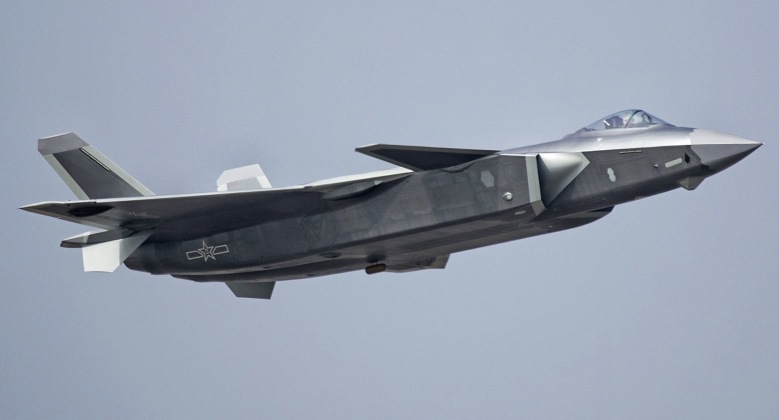News
Italy Deploys First Stealth Fighters to Japan: More European F-35s to Follow Amid China Tensions
The Italian Air Force has made first ever deployment of F-35 fifth generation fighters to Japan, as part of growing efforts by multiple European states to increase their military presences in East Asia for confrontation with China. Arriving on August 4 at the Japanese Air Self Defence Force’s Komatsu Air Base in Ishikawa Prefecture, the aircraft are expected to participate in exercises with Japanese air units including F-15J heavyweight fighters. Japan is itself set to become by far the largest operator of the F-35 outside the United States, although as it was not a member of the program and acquired the aircraft much later it has less operational experience with the aircraft. Italy is expected to field 85 F-35s, although it currently only deploys 20, while Japan is set to field 147 of which it has received 17. Whether Italy will be able to fund its initially planned acquisitions remains uncertain due to the state of the country’s economy.
Italy has notably also moved to withdraw from the Chinese-led Belt and Road Initiative, while alongside Spain public censuses have consistently ranked it as one of the countries with the highest anti-Chinese sentiments in the Western world. This could make moves to take the lead in deploying forces to East Asia to counter Beijing popular domestically. Alongside the F-35, which began to enter service in 2015, the only other fifth generation fighter both in production and fielded at squadron level strength is the Chinese J-20 which is a much larger and longer ranged twin engine aircraft optimised for defensive air superiority missions. The J-20 and the F-35 had their first ever encounter confirmed in March 2022, with this occurring over the East China Sea almost certainly involving American F-35s based in Japan. J-20s are currently delivered at around 80 aircraft per year, with this expected to reach around 120 in 2024 all going to China’s air force, while F-35 deliveries are expected to reach around 110 aircraft in 2023 and rise to around 150 in 2024 – although these will be split between 19 different clients across the world

Alongside Italy, the United Kingdom announced that it would prioritise deployments of its new Queen Elizabeth Class aircraft carriers to the Pacific even before they were even commissioned into service, with the warships carrying F-35B fighters including F-35s operated by the U.S. Marine Corps. Under the new administration of Chancellor Olaf Scholtz Germany too placed orders for F-35s in early 2022, and its air force months later unprecedentedly participated in the Rapid Pacific exercises in Australia using Eurofighters and supporting assets. These exercises were widely seen to be aimed at training for a joint Western Bloc air campaign against China. German Eurofighters were subsequently deployed to Japan for their first ever air force exercises in the country, with training for potential conflict with China was widely cited as the primary contingency for which the two former Axis powers were preparing. The German embassy in Tokyo promised that further deployments would follow in future, with F-35 deployments considered highly likely once they began to be received from 2026. With European countries perceiving a common interest in ensuring that the balance of power in East Asia continues to be dominated by Western militaries, it is expected that contingents deployed to the region will continue to grow, and that a growing portion of these are comprised of F-35s as the class rapidly proliferates across the continent. Despite extreme deficiencies and reliability issues, the F-35’s status as the only fifth generation fighter in production in the Western world has allowed it to consistently win tenders whenever it is offered against other Western fighters, displacing European fourth generation aircraft from markets across the continent.












